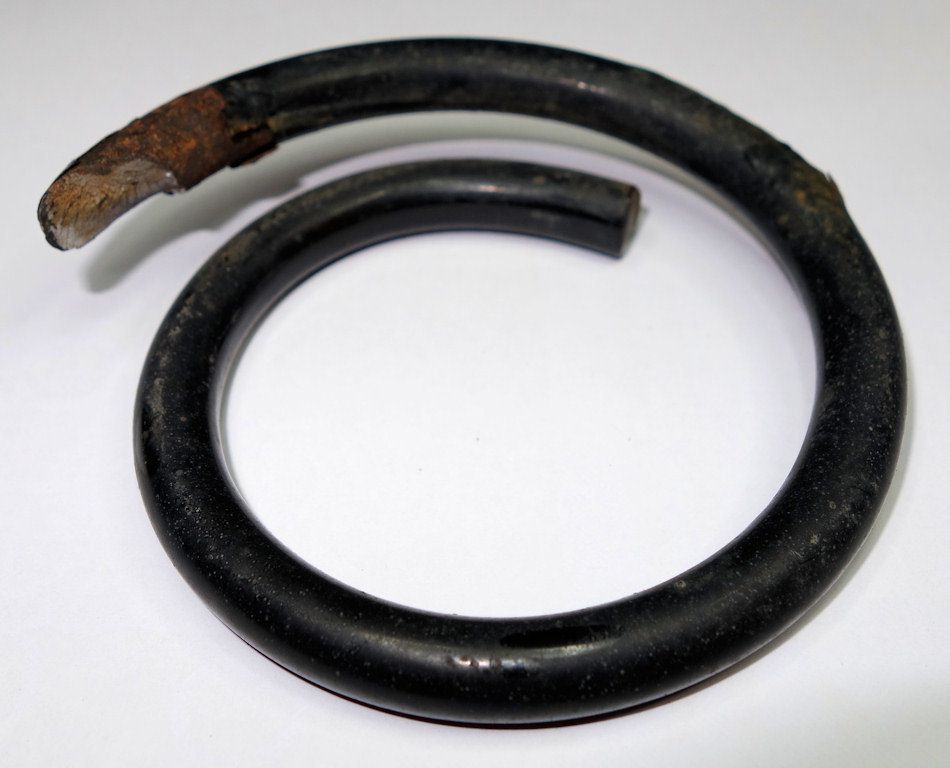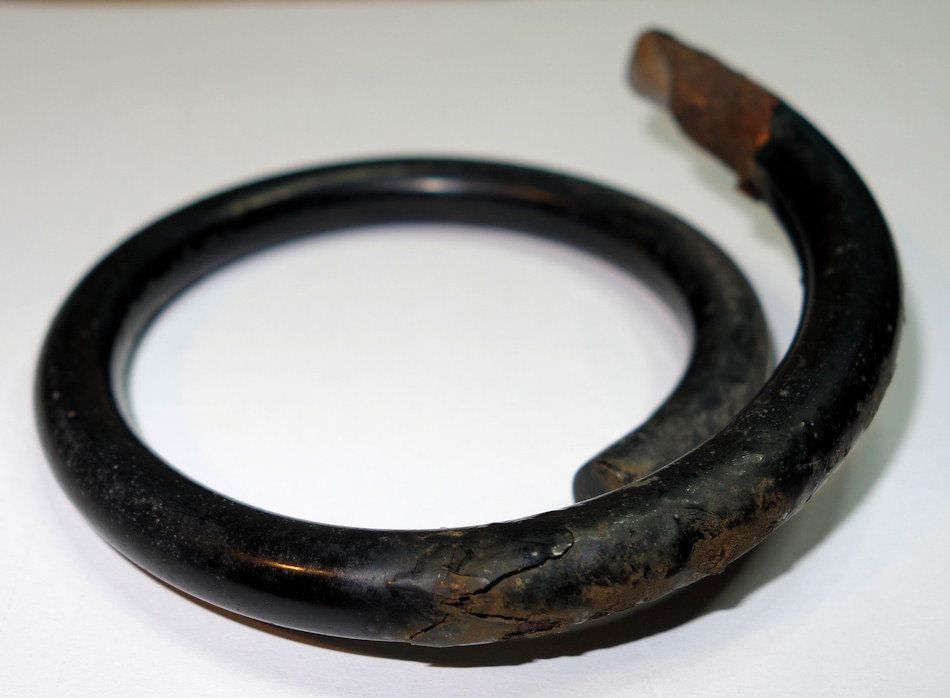Found this broken spring on the drive this evening, at the back of the Vito

Looks like a broken suspension spring, but it's too small to be off either our Vito or C Class estate! The spring itself is 10cm diameter, and the rod is 10mm diameter.
I can't think of anywhere else on either vehicle that would have a fairly sizeable coil spring like this?
My suspicion (and hope!) is that it's a bit of suspension spring off a smaller car that came home hooked up somewhere under the Vito and just fell off on the drive. What do you think?

Looks like a broken suspension spring, but it's too small to be off either our Vito or C Class estate! The spring itself is 10cm diameter, and the rod is 10mm diameter.
I can't think of anywhere else on either vehicle that would have a fairly sizeable coil spring like this?
My suspicion (and hope!) is that it's a bit of suspension spring off a smaller car that came home hooked up somewhere under the Vito and just fell off on the drive. What do you think?



